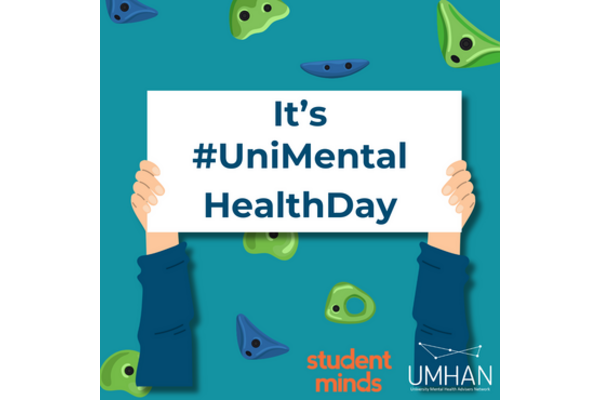On November 25 2016, UMHAN organised a free training day for members. Dave Wilson of the University of Cumbria and Liz Prance of York St John University presented the case for introducing American-style Behavioural Intervention Teams (BITs) at UK universities. The event was led and hosted by members of UMHAN with around twenty-five attendees.
What is a BIT?
Universities have a broad range of student-facing services, including faculty, accommodation, student support, and registry. This creates a challenge in ensuring good communication across these different networks, particularly when dealing with students with complex behavioural needs. The range of different services carries the risk of duplication of work, or miscommunication of whether action needs to be taken.
BIT offers an alternative: by bringing members of staff from these areas into one forum, a student’s behavioural needs can be considered from all perspectives at once. Developed by NaBITA, the American National Behavioural Intervention Team Association, BITs are used at many schools, universities and workplaces across the USA.
"BIT is an evidence based, research driven, established model".
BIT meetings are attended by designated staff from across the university’s student-facing departments. Such members of staff include the Director of Student Services, a Registry officer, the Accommodation Manager, the relevant faculty representative, the Wellbeing Manager, and the Disability Team Leader.
Students are referred to the BIT if their needs are deemed complex; the BIT assesses the student’s risk to themselves and others and collaboratively develops an intervention strategy.
By streamlining the process in this manner, BITs aim to improve internal communication and collaboration, thereby improving response to risks and increasing student retention. This whole university approach is best achieved through senior leadership investment.
"BIT joins up all the pieces of the university jigsaw".
Key Discussion Points
Following the presentation, UMHAN members discussed how the BIT model might be implemented at their universities. Key discussion points included the following:
- BIT highlights educational needs in other staff departments and offer opportunities for shared learning. For example, an accommodation team may benefit from training in mental health to better respond to residents with mental health difficulties.
- BIT also meets these education needs by putting staff in a cross-departmental setting where they can gain from working closely with colleagues in different roles.
- BIT is preventative – if a student is identified early and intervention is made, retention, wellbeing, and safety can be boosted. Cross-departmental collaboration can help prevent cases reaching crisis point.









